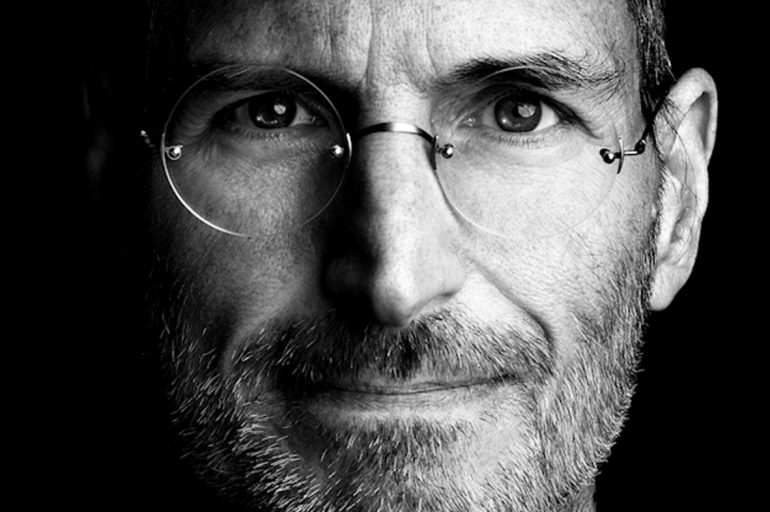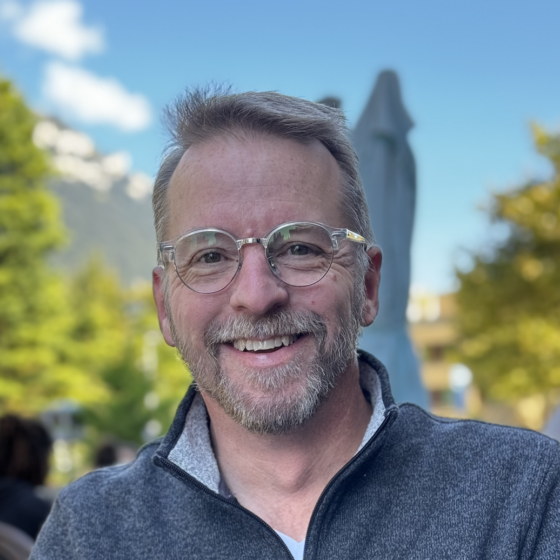How Steve Jobs Hacked the Commencement Speech

Steve Jobs, the “speaker of speakers” was invited to Stanford University to deliver the commencement speech on June 12, 2005. He wanted to tell the graduating students to live boldly and to chase their dreams – this is the theme of many commencement speeches given by notable figures over the years. But more than a decade later, Jobs’ speech stands out as one of the most memorable and compelling of its kind. At present, the speech has over 26 million views on YouTube.
So, what made this speech different from all the rest? And, why are people still talking about it today?
The Power of Preparation
First, Jobs knew that his audience included some of the best and brightest young graduates in the world. The amount of time and money that this graduating class had invested in getting to this moment was huge. Statistically, the impact that this group would have on the world was also huge – these were the game-changers of tomorrow – the future titans of Silicon Valley and leaders of the world. By all accounts this made him nervous, and for good reason!

So, he calculated the value of his audience’s time, and he spent large amounts of time preparing, practicing and rehearsing his speech. He had a few minutes to address this important group (and to impact their lives), and he wasn’t going to squander it. His wife reported that he practiced on the family at dinner time, and walked around the house practicing his delivery out loud.
He was prepared.
Stories that Stick
Next, Jobs knew that for his words to be memorable, he had to use story. Human beings are narrative creatures, and we retain what we hear when there is a compelling story. So he delivered a story about “connecting the dots” in retrospect (don’t get lost in the future), “love and loss” (losing the company he founded and losing his job in shame led to even better things) and “death” (a cancer diagnosis led him to live each day as if it were his last).
Many of those who heard the speech that day, or even those who listened to the recording afterward, can tell you today what Jobs said because he used stories that connected in a real way with every person in the audience.
Stories matter immensely.
Terrific Tripples
Finally, Jobs “chunked” his narrative into three. He had his core message, but he found three compelling stories to illustrate each point he wanted to make. There is simply something about “threes” that connect with the human mind and heart. We can rattle off a litanies of threes because much more would be difficult to remember, and much less doesn’t have the same impact. We know about the Three Musketeers, the Three Blind Mice and the Three Amigos. We remember, “Life, liberty and the pursuit of happiness,” “faith, hope and love” and “A Government of the People, by the people and for the people” … because three as a rhetorical device just works.
Job’s used his rhetoric wisely.
Many of those who heard the speech that day, or even those who listened to the recording afterward, can tell you today what Jobs said because he used stories that connected in a real way with every person in the audience.
Of all the commencement speeches out there. Jobs’ 2005 speech to Stanford was short (14 minutes), powerful and memorable. A well prepared and practiced speech with compelling stories and the wise use of tried and true rhetorical devices is a winning combination that we would be wise to imitate.

